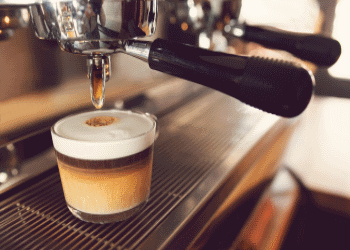In the last couple of decades, coffee industry has evolved significantly, therefore, local restaurants cannot serve standard cups of coffee and have to differentiate themselves from their competitors. Here’s a guide on how to turn your business into a profit generator.
First of all, you have to decide on what wish to offer. Whether it is a range of flavored Americano drinks or milk-based coffees, the right coffee machine will help to intensify or, on the contrary, diminish the real taste of your drink. [Sign in to continue]
How to Choose the Perfect Coffee Machine for Your Restaurant?










